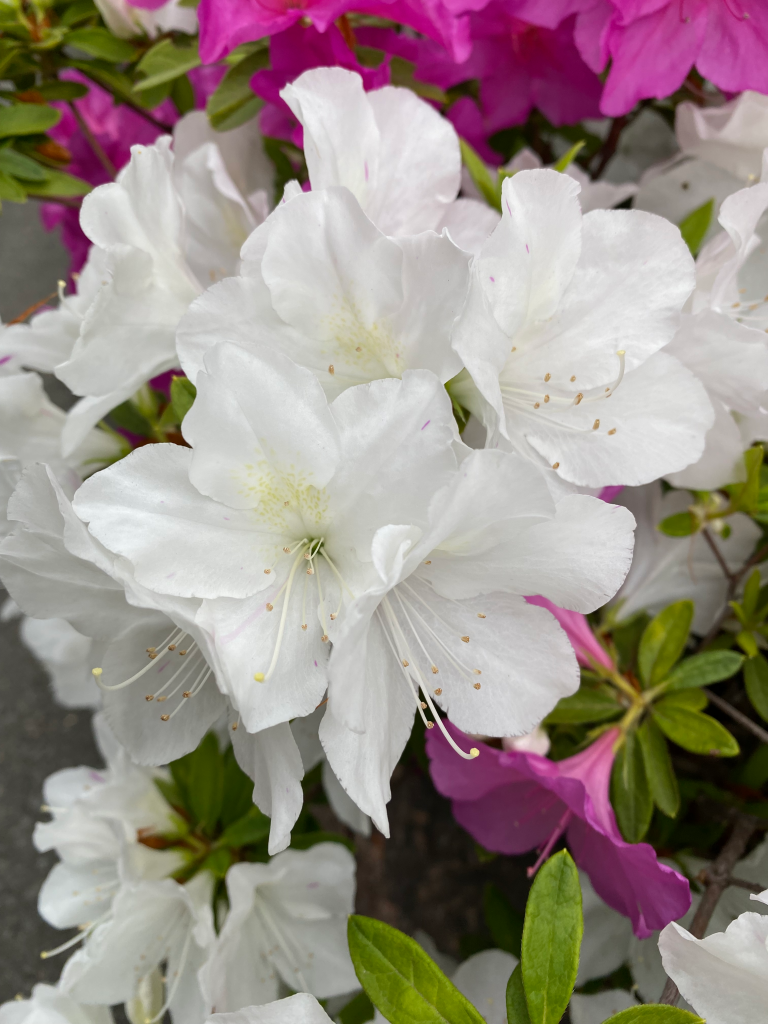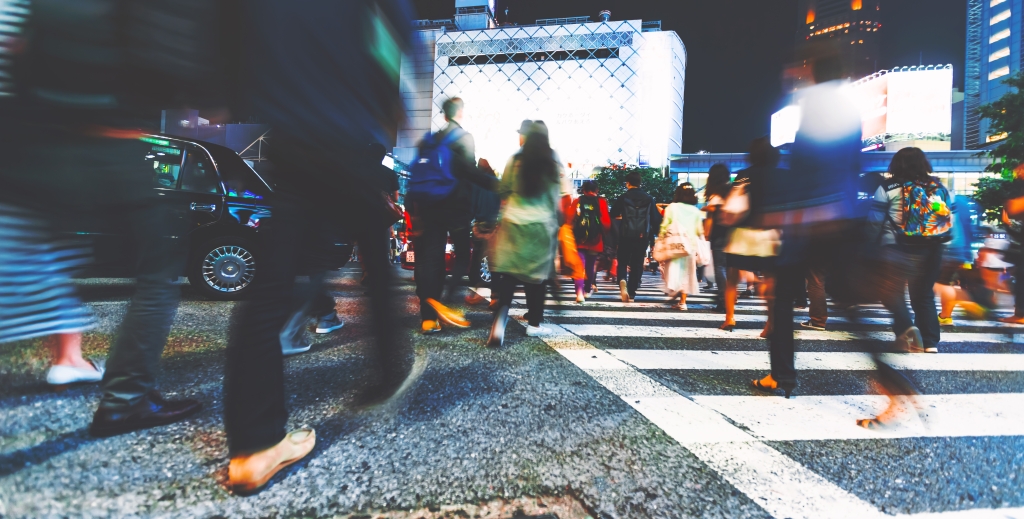

Japan is pretty set in its rituals, and that includes the annual change of the seasons. We can pretty much be ready for the appearance of an assortment of Azaleas colors! Let’s take a look at just a couple instances of these beautiful, seasonal flowers!
Spring in Japan is typically surrounded sakura aka cherry blossoms from left to right, but what about other seasonal flowers? Here, let’s take a look at another common flowers you’re bound to see toward the end of April to the middle of May: Rhododendron, or more specifically, Azaleas or ツツジ in Japanese!
The common azaleas that we often see in Japan are actually a subspecies of rhododendron called Tsutsusi or simply romanized from Japanese, Tsutsuji. They are distinguished from rhododendron by having only five anthers per flower.



▲ Photo: FirePress Japan
The colors of Azaleas vary in Japan, some of the most being the white or pink variations, as you can see above, but there are also deep purple and red color variations as well, which you can see in the following posts below.
The one thing that you simply cannot get through these photos alone is the amazing fragrance that the flowers give off– it’s such a sweet and light fragrance that truly encapsulates the essence of spring. It’s especially the best after a light rain.
Another aspect to these flowering plants is that they tend to take over a large area– so you will most likely find these taking up a large area or even sometimes following the entire length of a major road or sidewalk. In some cases, cities might even try to cut these plants back when they get too huge, and thus many of the flowers quickly die off because of the lack of sunlight, so don’t be too concerned if you see many of these bushes being cut back–there is definitely a reason for everything, and this is one of them.
There’s also a sort of thing called the “Language of Flowers” in Japan, so here’s the symbolic meaning behind these flowers: Azaleas encompasses various meanings like moderation, modesty, and effort.
▶︎ Related Posts
▶︎ Related Links












You must be logged in to post a comment.